
WooSH
gamer level 6
6942 xp
6942 xp
followers
14
14
Use my invite URL to register (this will give me kudos)
https://boardgaming.com/register/?invited_by=wooshito
profile badges
...
...
...
...
recent achievements

I Walk the Talk!
Claim that you have played a game today by clicking the "Played Today!" button on a game page 100 times.
Claim that you have played a game today by clicking the "Played Today!" button on a game page 100 times.

Gamer - Level 6
Earn Gamer XP to level up!
Earn Gamer XP to level up!

Baron / Baroness
Gain 10 total followers
Gain 10 total followers

Rated 25 Games
Rate 25 games you have played.
Rate 25 games you have played.
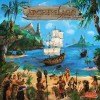

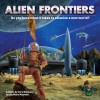
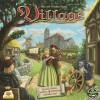













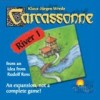








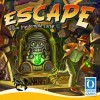






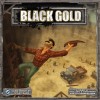



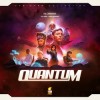




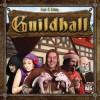














Carcassonne: Traders and Builders
Dear Carcafriend, if you are here to decide which expansion to buy, please read! Some of the reviews here may get you confused about this expansion in particular, but let me tell you what I think about it, okay?
FIRST THINGS FIRST
First of all, let me clarify some of the arguments I’ve seen around regarding Traders and Builders (T&B).
“The goods feel a bit random”
Well, it is Carcassonne after all. This is a game based on luck, no expansion can change that. But when playing B&T, drawing a tile with a given resource doesn’t mean you got lucky. Only the person who completes the city, even if he/she doesn’t own it, is going to get the corresponding resources. So there’s always this strategies to be made:
“If I add this cloth tile to my city, then maybe people will finish it for me”.
Or maybe the opposite thought:
“If I put one more cloth tile to my city, the person who finishes it is going to score a lot of points. I better put it somewhere else.”
Bottom line is, Resource Tiles can add SO MUCH depth to Carcassonne that even if you got bored with the base game, you will feel thrilled again! Randomness is part of Carcassonne nature, but the goods actually adds a bit of strategy to the game! Excellent addition!
“No aspect of trading added to the game”
I’m sorry to disagree, but when I played B&T, I actually found myself in this situation:
“Dude, if you finish my city, you get the resources and we both score! What do you say?”
This expansion gave Carcassonne a slight aspect of negotiations. Subtle, but real.
NOW THE OTHER STUFF
Although Resource Tiles added A LOT of tension to the game, Builders and Pigs are a much more controlled feature.
Pigs may be placed into a field/farm you own, increasing thus the value of each city in that field/farm.
Builders may be placed into a city or road you own. Now everytime you add a tile to that city or road, you may draw another tile and put it anywhere you want. This is a GREAT addition that helps you finishing those gigantic cities or stubborn roads. Really simple and fun.
I must mention that this expansion comes with a bag, so you can put all the tiles inside and draw directly from the bag. WOW SUCH USEFUL! VERY BAG!
CONCLUSION
This is a great and fun expansion. Gives Carcassonne depth but keeping it simple. Although I don’t think it is a necessary expansion to the game (specially for noobs), it is a good expansion for experienced players who needs a bit more of a challenge.